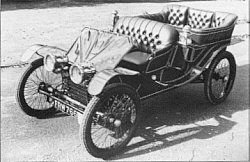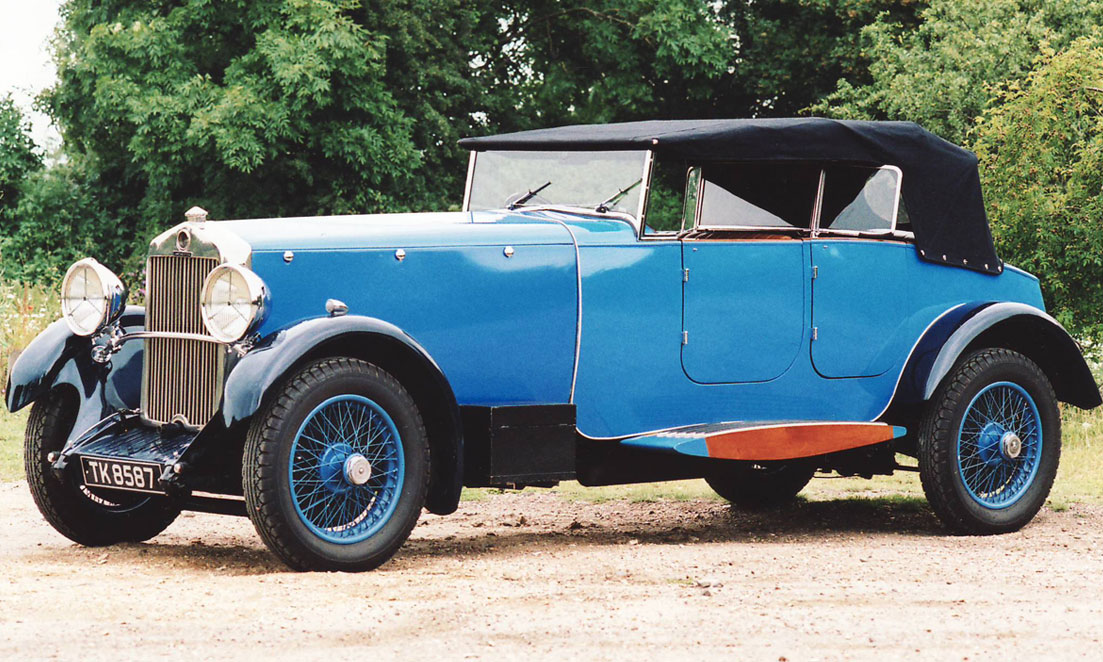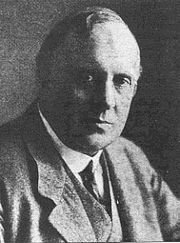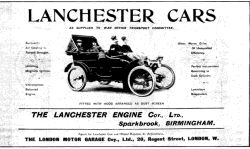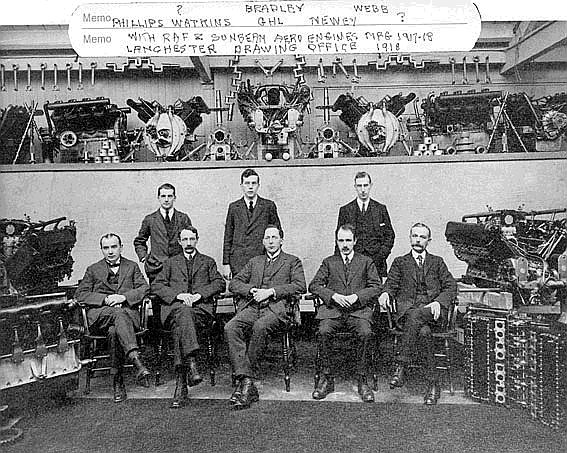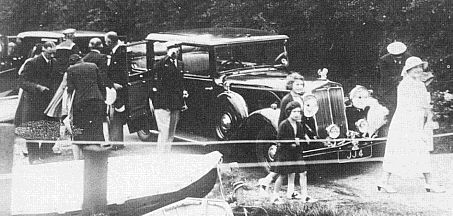Lanchester
Marque Registrar – Tony Falstein
0402 533 131
Lanchester a brief history – 1895 – 1931
Built in Birmingham, England, Lanchester was the first four wheeled, petrol driven, British motor car. (1895)
Frederick Lanchester was an aviation pioneer, scientist, engineer, inventor, poet and musician. Whilst working as foreman to a gas engine company, he designed his initial experimental car from ‘first principles’, and as such it was different both visually and mechanically from the other cars of the period.
In 1901 the Lanchester Engine Company (later The Lanchester Motor Co.) commenced production. The delay was due to Lanchester insisting on testing and designing not only the car but all the tooling needed to produce the vehicle. This tooling included ‘go/no-go’ gauges, thread gauges and special machinery to cut worm gears, grind ball and roller bearings etc. From the first, Lanchester cars were built on the principle of the interchange ability of parts The first model (10 hp) was an open 4/5 seater, twin cylinder, horizontally opposed air cooled, mid engine machine. It featured an underslung Lanchester high efficiency worm drive, cantilever springing, dynamically stable tiller steering, and an engine balanced by reverse rotation .
Some Lanchester “Firsts” include;
- Rigid chassis combined with soft springs (1897)
- Use of splines in motor vehicles (1900),
- Preselection of gears (1900),
- Compounding of simple epicyclic gears(1900),
- Torsional vibration damper (1910),
- Harmonic balancer for 4 cylinder engines(1911),
Lanchester also introduce the words “accelerator” and “streamline”. In 1904 Fred designed an upright four cylinder car (20 hp), which had the engine between the driver and the front passenger to give more room for the rear passengers. The car also had an epicyclic gear box, cantilever springs and Lanchester underslung worm drive rear axle. In 1906 a six cylinder version was introduced (28 hp). Both models were updated about 1911, becoming the 25 hp and 38 hp respectively, continuing into the First World War as armoured cars (38 hp). In 1914 the Sporting 40 hp was built as an additional model (See photo below left).
George Lanchester helped his brother, and was responsible for the later designs (1920s). The 40 hp (1919) was the first of the twenties designs followed by the 21hp (1923) and the straight eight 30 hp in 1928. The policy was continuous improvements rather than new models. Hence the 40 hp received four wheel brakes in 1925, and the 21 hp motor was enlarged to 23 hp. It appears that cars were built in small batches and major changes implemented in those batches. Owners could, and did, up grade their cars to the latest model. Lanchester could supply spares for every model they had manufactured, until their doors were closed in 1931.
The late King George VI, as the Duke of York, bought 40 hp Lanchesters as a personal preference, and even 21 hp for informal use. Further, as King, he showed his loyalty by insisting that Daimler build him cars with Lanchester badged radiators for private use. The present Queen made her first public appearance (as a baby) in one of the 40 hp belonging to her father.
Lanchester engineered and built their bodies, designing many spectacular vehicles for Indian princes as well as more sober luxury for the discerning and wealthy.
After the first world war, George Lanchester designed and built equipment to make their own suspension springs in order to achieve the high standard required. Lanchesters were renowned for their comfort.
Epilogue: Of some interest to Australian readers is the fact that Lanchester, amongst other things during the First World War, assembled Royal Aircraft Factory (RAF) aero engines. These motors were a derivitive of the Renault air cooled V8 with, unusually for an aero engine, single ignition. The second aircraft owned by QANTAS was a BE 2c with a Lanchester assembled RAF engine and four bladed propeller. I understand QANTAS have two such motors today, one each in Sydney and Longreach. Their service record was excellent.
Production Models
1900 10 hp 2 cylinder horizontally opposed air cooled
1902 12 hp 2 ” ” ” water cooled
1903 16 hp 2 ” ” ” air ”
1904 18 hp 2 ” ” ” water ”
1904 20 hp 4 ” vertical water cooled
1906 28 hp 6 ” ” ” ”
1910 38 hp 6 ” ” ” ”
1911 25 hp 4 ” ” ” ”
1914 40 hp 6 Sporting 40 ” ” ”
1919 40 hp 6 cylinder ” ” ”
1923 21 hp 6 ” ” ” ”
1928 30 hp 8 ” ” ” ”
1931 End of production; Lanchester Motor Co.
Armoured Cars
1915 – 18 38 hp
1925 – 31 40 hp


